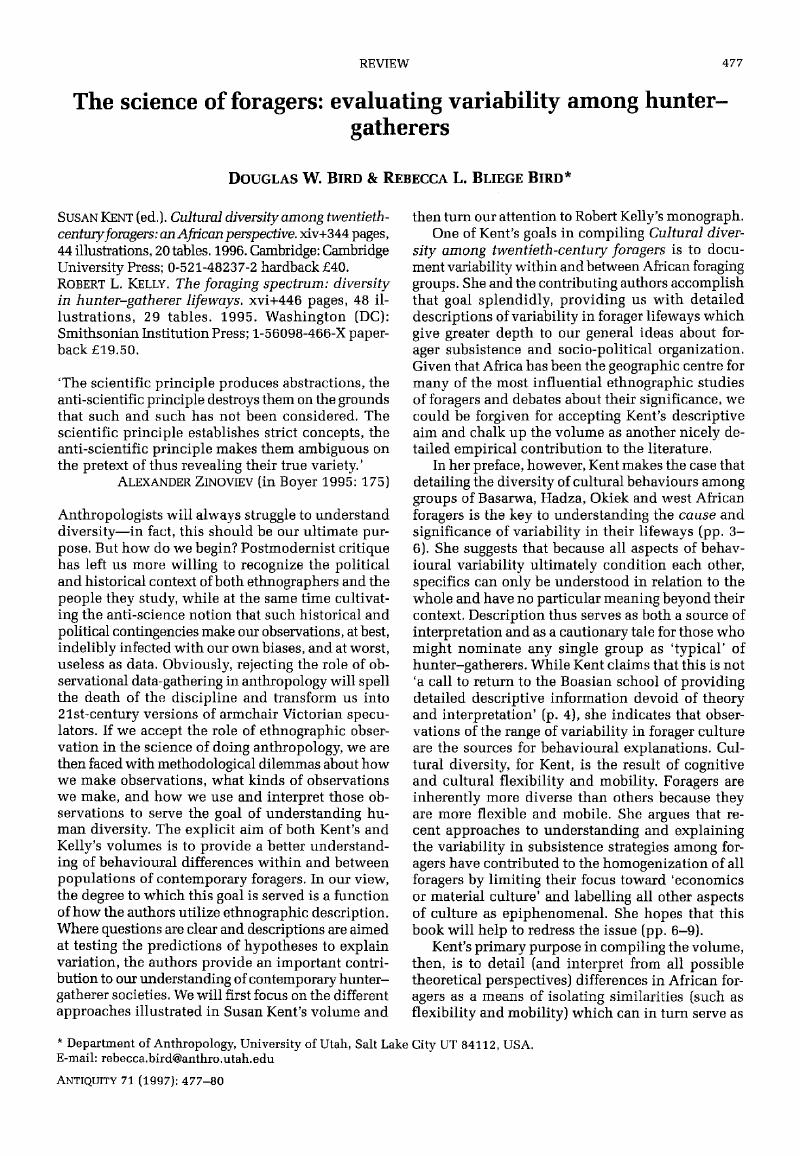Crossref Citations
This article has been cited by the following publications. This list is generated based on data provided by Crossref.
di Lernia, Savino
2001.
Dismantling Dung: Delayed Use of Food Resources among Early Holocene Foragers of the Libyan Sahara.
Journal of Anthropological Archaeology,
Vol. 20,
Issue. 4,
p.
408.
Fox, Keolu
Rallapalli, Kartik Lakshmi
and
Komor, Alexis C.
2020.
Rewriting Human History and Empowering Indigenous Communities with Genome Editing Tools.
Genes,
Vol. 11,
Issue. 1,
p.
88.



